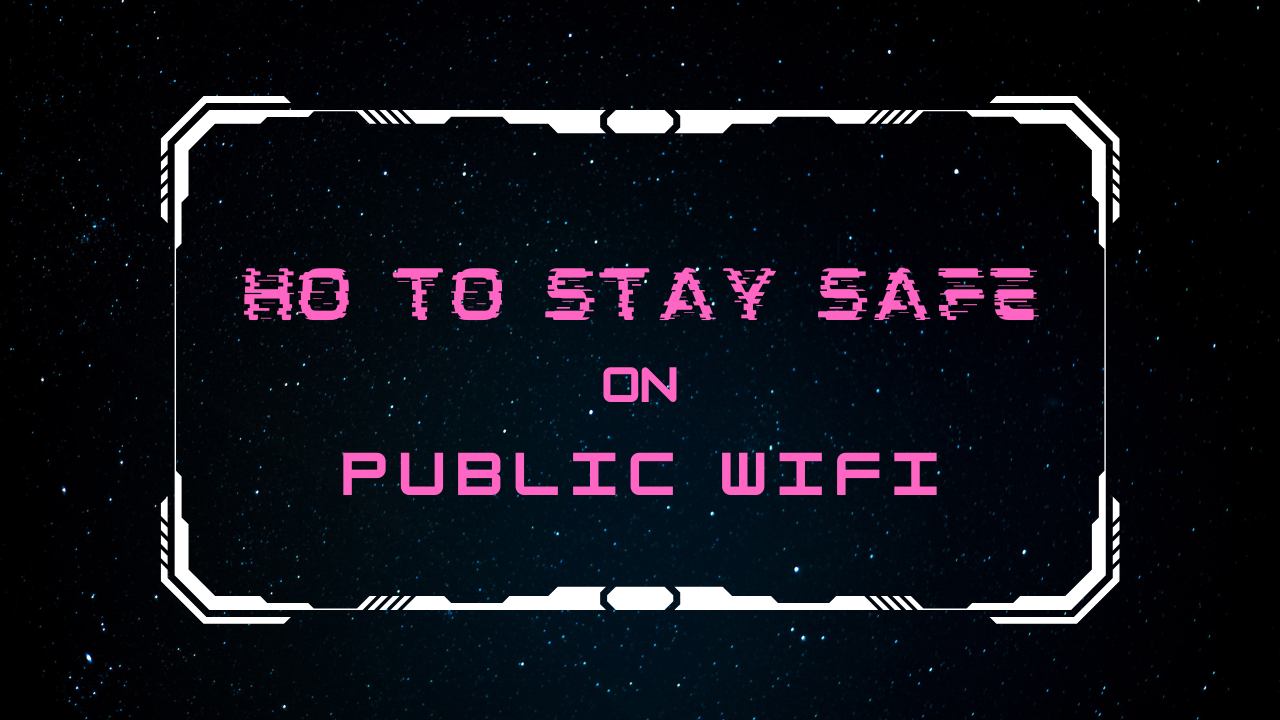A lot of us take public Wi-Fi for granted these days. Free Wi-Fi makes it easier to stay connected, get work done, or check your social media while you’re on the go, whether you’re at a coffee shop, airport, hotel, or library. But convenience comes with risk: public Wi-Fi networks are often places where hackers try to steal data, personal information, or install malware.
This post will talk about the most prevalent risks that come with utilising public Wi-Fi and provide you some useful advice on how to stay safe while doing so.
Why using public Wi-Fi is dangerous
Most of the time, public Wi-Fi networks don’t have many security features. A lot of the time, they don’t need a password, and even when they do, everyone who is connected uses the same one. This makes it simple for hackers to watch traffic, take over sessions, or add harmful software.
Some common dangers are:
Man-in-the-Middle (MITM) Attacks: Hackers put themselves between your device and the Wi-Fi network, where they can see and maybe change what you say.
Unencrypted Networks: If you don’t encrypt your data, anyone can see it when you send or receive it.
Fake Hotspots: Cybercriminals set up fake networks with names that sound like real ones to get others to connect.
Malware Distribution: Some public Wi-Fi networks can send pop-ups or downloads that include bad code in them.
The first step in protecting oneself is to know what these hazards are.
1.Use a VPN (Virtual Private Network)
Using a private network such as VPN is one of the greatest ways to stay secure on free wireless networks.It makes a safe, encrypted tunnel between your device and the internet, which makes it almost impossible for hackers to steal your data.
Using a VPN has these benefits:
It protects anything that is communicated over the net.
Hides your IP address
Stops tracking and watching
Pick a trustworthy VPN service with a robust privacy policy, and stay away from free VPNs that can put your data at risk.
Only visit HTTPS sites
When you enter sensitive information online, always look for “https://” at the beginning of URLs. The “S” stands for “secure,” which means that the site encrypts data that goes back and forth between your browser and the server. Tip: Use browser add-ons like HTTPS Everywhere (made by the Electronic Frontier Foundation) to automatically send you to secure versions of websites when they are available.
Don’t look at private information
Limit what you do when you’re on public Wi-Fi. Don’t log in to: Banking online Shopping sites that save your payment information Work-related websites that have private information It should wait till you’re on a network you trust.
Disable the settings for auto-connect and sharing.
A lot of devices automatically connect to networks they know about or look for open Wi-Fi networks nearby. This could put you in touch with phoney hotspots. What you need to do: Turn off automatic connection to Wi-Fi networks Disable file sharing, AirDrop, or network discovery. To make your device more secure, use the “Public Network” profile setting. These little steps make it much less likely that someone will break into your home.
Use two-factor authentication (2FA)
2FA adds additional level of security, even if a hacker knows your password. You might get a code emailed to your phone, an authenticator app, or a biometric check like fingerprint or facial recognition. Enable 2-factor authentication, or 2FA, for all of your logins, such as your electronic mail, bank, and accounts on social media
Update your antivirus and software regularly.
Hackers can use weaknesses in old software to get into your system. Always keep your: System of operation Web browser Applications Software for antivirus …completely up to date. If you can, turn on automatic updates and use antivirus software that is known to work and offers real-time protection and site filtering.
Don’t remember the network after using it.
When you’re done using public Wi-Fi, go to the settings on your smartphone and choose “Forget This Network.” This makes sure that your device won’t automatically connect again in the future. This is especially critical if you connected to a network that could be dangerous.
Use mobile data for private tasks
If you need to get to sensitive or financial information and can’t use a VPN, it’s safer to switch to your mobile data connection.A lot of time, unsecured wifi is less secure tha mobile phone internet.
Conclusion:
In our connected world, public Wi-Fi is a useful tool, but it also poses major security dangers. There are actual hazards, such identity theft and data breaches, but you can avoid them by taking the necessary steps. Use a VPN, only visit secure websites, minimise sensitive activity, and make your device settings more secure to be safe. Always think of public Wi-Fi as an open window into your digital life, and do what you need to do to keep that window closed to hackers. It’s not enough to have the necessary tools to stay cyber-smart; you also need to make sure you’re safe every time you connect. It’s worth it for your data, privacy, and peace of mind.

